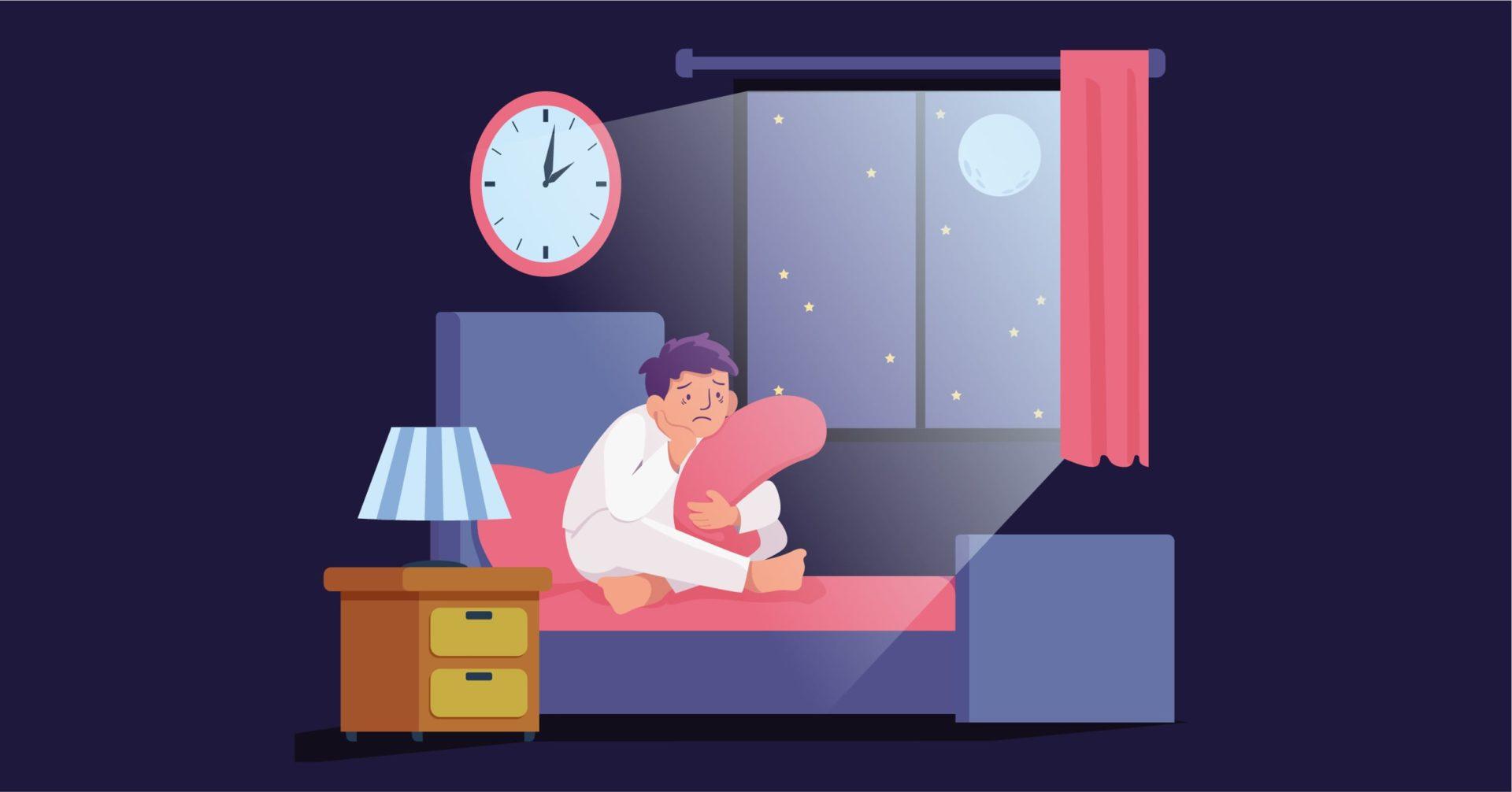Overview
Genito-Pelvic Pain Disorder is a disorder characterised with discomfort and pain associated with penetration. This can be pain or discomfort during penetrative sexual intercourse, tampon or menstrual cup insertion or gynecological examination.
It may also include fear of pain or vaginal penetration and tension of the pelvic floor muscles. There may be pain during intercourse, or even during urination.
There may be a pattern of avoidance associated with Genito-Pelvic Pain Disorder. Avoidance of intimate situations, gynecological exams, penetrative sex, etc. are all common.
People experiencing this may feel as if they’re losing their femininity. They experience marital/relationship issues, feel inadequate in their relationships with their partner, etc.
The etiology of this disorder is quite vast. A study reports Genito-Pelvic Pain Disorder in premenopausal women to be caused due to endometriosis, chronic pelvic pain and pelvic inflammatory disease. In postmenopausal women, it can be caused due to vaginal dryness, vulvovaginal dystrophy or surgical shortening of the vagina to be contributing facctors to this disorder.
Comorbidities include endometriosis, Irritable bowel syndrome and postcoital cystitis. Another research paper links childhood sexual abuse, emotional neglect and trauma to be associated with the development of Genito-Pelvic Pain Disorder.
Genito-Pelvic Pain Disorder includes what was formerly termed as vaginismus (tightening of the vaginal muscles), vulvodynia (pain in the vulva), vestibulodynia (pain around the area of the vaginal opening) and dyspareunia (painful intercourse) depending on the location and intensity of pain. Although it is termed under one name in DSM-5, treatment outcomes for each are varied.
Common Signs and Symptoms
Common Signs and symptoms include:
- Tension of the pelvic muscles, discomfort during penetrative sex.
- Pain arising due to the fear of pain and penetration.
- Pain during gynecological examination
- Pain during insertion of tampons or menstrual cups.
Other signs may include feelings of inadequacy due to failure to meet partners’ needs, avoidance of intimate situations or gynecological exams, feelings of loss of femininity, etc.
Risk Factors
Several papers links sexual abuse and trauma as a risk factor for Genito-Pelvic Pain Disorder, but there are also papers contradicting the same result. These differences are based on differences in methodology of the research.
DSM-5 states that women complain of pelvic pain mostly after acquiring vaginal infections, but the pain lasts despite the infections being resolved. Endometriosis, chronic pelvic pain, is also associated with Genito-Pelvic Pain Disorder.
Negative cognitive schemas and maladaptive schemas are also associated with Genito-Pelvic Pain Disorder. These cognitive schemas may include incompetence, loneliness, vulnerability, failure, dependence, impaired autonomy etc. causing these women to look at sexual encounters as personal failures.
Diagnosis
Usually, a gynecologist or a physician is able to diagnose a person with Genito-Pelvic Pain Disorder. Psychologists are also able to diagnose based on self report measures.
To be diagnosed with Genito-Pelvic Pain Disorder, following criteria must be met:
- Difficulties with the following persisting for at least 6 months:
- Vaginal penetration during intercourse
- Marked vulvo-vaginal or pelvic pain during vaginal intercourse or penetration attempts.
- Fear or anxiety about vaginal pain in anticipation or during vaginal penetration
- Marked tensing or tightening of pelvic floor muscles during penetration.
These symptoms often cause significant distress among individuals. Psychologists are often expected to rule out other mental health conditions or substance abuse.
Treatment
A multidisciplinary approach should be taken to treat Genito-Pelvic Pain Disorder. This includes psychotherapy as well as medical therapy. Topical solutions such as anesthetics and corticosteroids before penetration is shown to help women with dyspareunia.
These help with numbing the pain effects and help in reducing pain during sex. In women with Vulvodynia and Vestibulodynia, Cognitive Behavioural Therapy is shown to be more helpful as compared to topical solutions.
Vestibulectomy, a type of surgery, where the part of vestibular area where pain originates is excised, is also recommended when all treatments for Vulvodynia fail. But this may affect sexual satisfaction as it affects sensitivity to pleasure in that area.
Electromyographic Biofeedback is another mode of treatment. In this mode of treatment, a sensor is attached to the vagina, detecting parts of muscles where pain originates due to muscle contraction. The therapist then trains the person to relax using breathing exercises. This mode of treatment, coupled with Cognitive Behavior Therapy, is quite effective in patients with vaginismus.
In Cognitive Behavioral Therapy, maladaptive cognitive schemas are addressed. These maladaptive schemas typically affect catastrophizing, where the person thinks about the worst possible outcome of the situation and engages in avoidance behaviours.
CBT is one of the most regarded modes of treatment but the extent of pain should always be considered before going ahead with treatment.
Genito-Pelvic Pain Disorder is often discussed in the context of couple’s therapy. Hence, psychoeducation in relation to female anatomy, the pain areas, and possible outcomes should always be discussed. Another aspect that should be addressed is that of anxiety reduction. Catastrophizing often leads to anxiety. Thus, anxiety reduction helps with the treatment outcome quite considerably.
Pelvic floor physiotherapy and electrostimulation are also helpful. In these processes, the goal is relaxation and increasing elasticity of the vaginal muscles which provide a secure and a calm environment for the person to gradually open up to penetration.
Differential Diagnosis
1. Another medical condition: Women with genito-pelvic pain/penetration disorder will also be diagnosed with lichen sclerosus, endometriosis, pelvic inflammatory disease, vulvovaginal atrophy. Often, these associated medical conditions are difficult to diagnose and treat.
2. Somatic symptom and related disorders: Some women with genito-pelvic pain/penetration disorder may also be diagnosable with somatic symptom disorder. Since both genito-pelvic pain/penetration disorder and the somatic symptom and related disorders are new diagnoses, it is not yet clear whether they can be reliably differentiated
3. Inadequate sexual stimuli: Sexual situations in which there is inadequate foreplay or arousal may lead to difficiilties in penetration, pain, or avoidance. Erectile dysfunction or premature ejaculation in the male partner may result in difficulties with penetration. These conditions should be carefully assessed. In some situations, a diagnosis of genito-pelvic pain/penetration disorder may not be appropriate.
Comorbidity
Comorbidity between genito-pelvic pain/penetration disorder and other sexual difficulties
appears to be common along with relationship distress.
Specialist
A gynecologist, physician or a psychologist is often able to diagnose this disorder.
In Conclusion
Relationships may suffer if sexual activity is impossible. Women could experience feelings of depression or inadequacy or shame. For women who desire to get pregnant, it is really stressful.
Due to the patient’s suffering or fear of pain, examinations can occasionally be challenging. The speculum and bimanual portions of the examination are frequently impossible to perform on women with levator ani syndrome. To help women unwind and gain the most information from the examination, clinicians should explain each phase of the procedure to them.
It is important to consult a therapist well in time and prevent the symptoms from worsening.
Book your session with our experts today.





